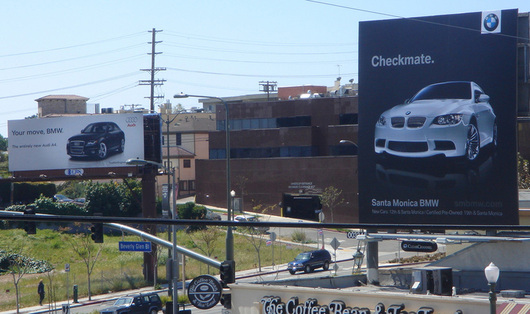Finding fresh inspiration [SvN] advised looking to a different medium for inspiration, the way Tony Bennett imitated musicians rather than other singers.
Another example to add to the list: Hannah Berry’s debut graphic novel, Britten & Brülightl (she spent 2.5 years hand-painting each panel of the story). In this interview, Berry explains how she used cinematic influences to guide her work on the novel. [via Flavorpill]
Being a film geek, illustrational challenges were tackled with cinematic elements, often with a nod to directors I really rate (I’m thinking in particular of ‘neo-noir’ types like David Fincher, Christopher Nolan and the Coen brothers, and ‘old-school noir’ Carol Reed). It’s probably not ideal – I know I’m not using comics to their full potential while I’m echoing film, but it’s a good place to start.
A recurring problem while working on the book was finding ways of illustrating dialogue that are animating but unobtrusive. I love writing dialogue, and I tend to write staccato conversations that cross backwards and forwards a lot, which for the sake of the format I have to edit down pretty heavily. To save the scene from getting bogged down in words I had to introduce some level of movement, and as movement is obviously something that’s lacking from the comic world, I needed to compensate in other ways. A lot of the films of Jeunet and Caro (especially Delicatessen) use composition and angle to make static shots appear quite dynamic, and theirs sprang to mind as a good example to follow.
Turning to film influences to get ideas for a graphic novel is a great example of how a different medium can provide inspiration. Whatever you’re working on, using different influences than the rest of the pack is a great way to sound like an individual instead of just a member of the chorus.
Check out a couple of pages from the book after the jump.
Continued…


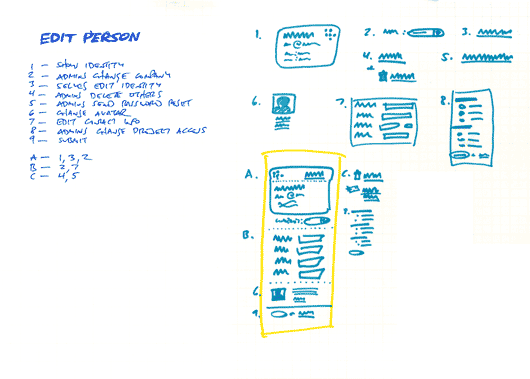
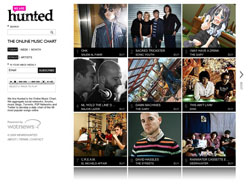
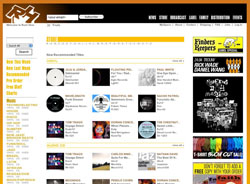
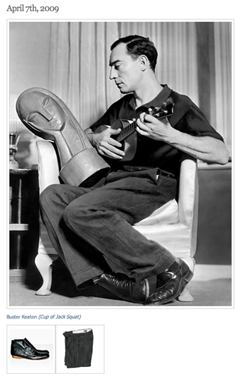
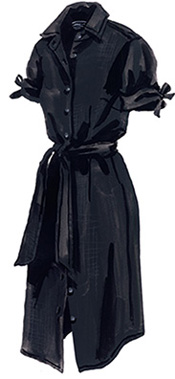 At the Colosseum in Rome, the toe of your sandal kicks over a chunk of marble, revealing a mint silver denarius from the reign of Emperor Hadrian.
At the Colosseum in Rome, the toe of your sandal kicks over a chunk of marble, revealing a mint silver denarius from the reign of Emperor Hadrian.
